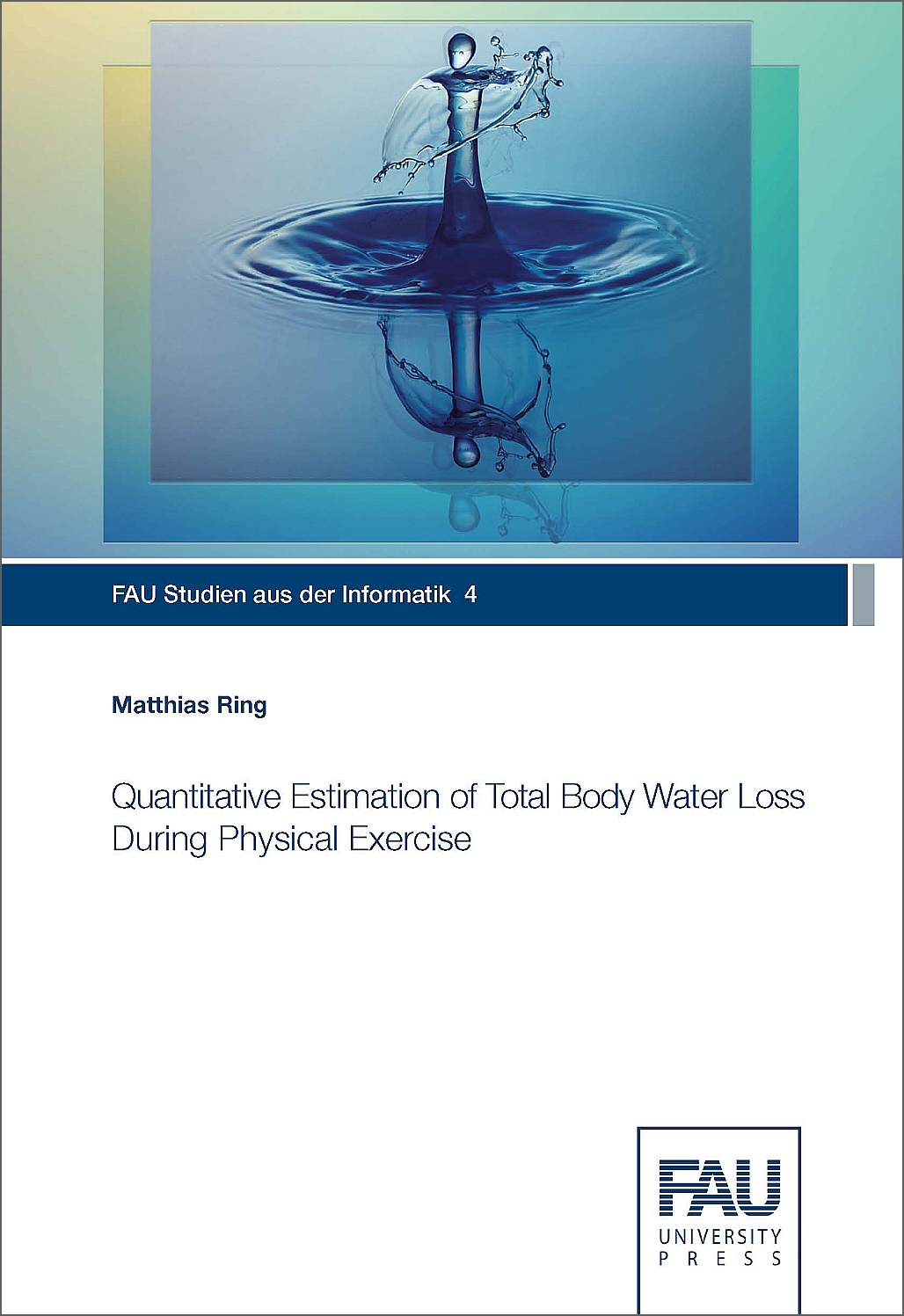Description
Prolonged physical exercise is often accompanied by mild to severe dehydration. Marathon runners, as an extreme example, can lose up to 14 % of their total body water (TBW) during races in warm environments. This excess of TBW loss is considered close to life-threatening. But also moderate TBW loss can impair aerobic endurance, muscular strength, and cognitive performance. In this light, the present thesis proposes three machine learning approaches for quantitative estimation of TBW loss and two theoretical approaches for efficient, nonlinear machine learning. The former approaches support the accurate diagnosis of exercise-induced dehydration as well as recommendations on fluid intake for rehydration. The latter approaches could contribute to future wearable devices for TBW monitoring, although they are not exclusively applicable to this context. The first machine learning approach utilizes core and skin temperature to correct corrupted bioimpedance measurements, which often occur because of confounding factors during physical exercise. It therefore enables the usage of the noninvasive and portable bioimpedance technology for TBW loss estimation during physical exercise. The second machine learning approach explores the potential of sweat chloride and sweat osmolality for dehydration diagnosis. It reveals correlations between the two sweat markers and TBW loss, and it proposes quantitative TBW loss estimations based on the sweat markers. The third machine learning approach synthesizes information from seven salivary markers (amylase, chloride, cortisol, cortisone, osmolality, potassium, total proteins). It demonstrates that salivary markers provide sufficient information for quantitative TBW loss estimation, which extends previous saliva-based classifications between euhydrated and dehydration individuals. All three approaches were evaluated using measurements that were collected from ten subjects after eight consecutive, 15 min intervals of physical exercise. Among several insights, like nonlinearly increasing salivary markers during progressive dehydration, the evaluation highlighted that TBW loss estimations could be achieved with an accuracy of 0.34 l, which corresponds to about a glass of water. This accuracy was achieved using salivary markers and nonlinear machine learning. The first theoretical approach weaves the powerful kernel machinery into branch and bound (B&B) feature selection. It facilitates the recognition of complex and nonlinear data structures using the efficient B&B search method. The second theoretical approach introduces an approximation of the Gaussian radial basis function (RBF) kernel for the efficient computation of nonlinear classification decisions. It also illustrates the close relationship between the kernel approximation and the reproducing kernel Hilbert space (RKHS) that is being approximated. Both approaches were evaluated on benchmark data sets, which illustrated that they constitute valuable alternatives to state-of-the-art methods. In summary, nonlinear processing of salivary markers facilitated the most accurate TBW loss estimations, and the theoretical approaches enhanced the toolbox of efficient and nonlinear machine learning. A combination of both contributions could therefore constitute the foundation for efficient, nonlinear processing of the physiological measurements and markers, which would in turn be prerequisite to develop energy-efficient, unobtrusive wearable devices for TBW monitoring.


Reviews
There are no reviews yet.